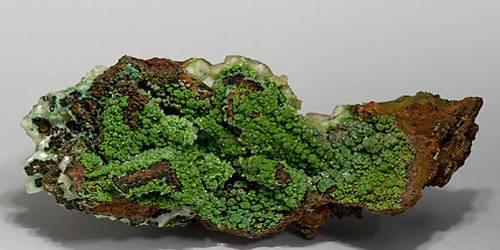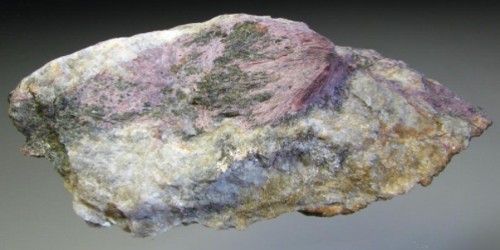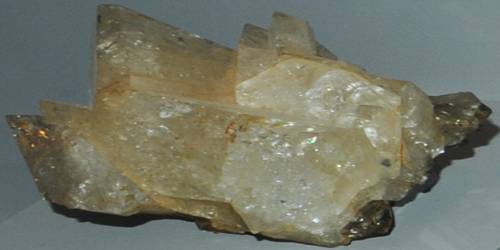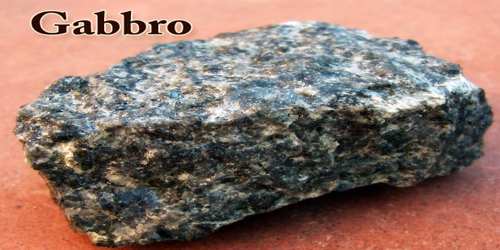Conichalcite, CaCu(AsO4)(OH), is a relatively common arsenate mineral related to duftite (PbCu(AsO4)(OH)). It is an orthorhombic-disphenoidal mineral containing arsenic, calcium, copper, hydrogen, and oxygen. It is the arsenic-rich end member of the series and calciovolborthite is the vanadium-rich end member.
It occurs with limonite, malachite, beudantite, adamite, cuproadamite, olivenite, and smithsonite. It forms in the oxidation zone of copper ore bodies. Oxygen-rich groundwater that might react with copper sulfide and/or copper oxide minerals produce a wonderful assortment of attractive and colorful minerals in a zone called the oxidation zone.
General Information
- Category: Arsenate minerals
- Formula: CaCu(AsO4)(OH)
- Crystal system: Orthorhombic
- Crystal class: Disphenoidal (222) (same H-M symbol)

Properties
It is green, often botryoidal, and occurs in the oxidation zone of some metal deposits. Conichalcite forms in the oxidation zones of copper orebodies. Here groundwater enriched with oxygen react with copper sulfide and copper oxide to produce an array of minerals such as malachite, azurite and linarite.
- Color: Grass-green to yellowish green, pistachio-green, emerald-green; may be zoned
- Crystal habit: Crusts of acicular to almost fibrous crystals. Also as botryoidal masses and compact crusts.
- Cleavage: Absent
- Fracture: Uneven
- Tenacity: Brittle
- Mohs scale hardness: 4.5
- Luster: Vitreous, greasy
- Streak: Green
- Diaphaneity: Translucent
- Specific gravity: 4.3
Occurrence
Notable occurrences of conichalcite include Juab Co., Utah; Lincoln and Lyon counties of Nevada and Bisbee, Arizona, in the US; Durango, Mexico; Collahuasi, Tarapaca, Chile; Calstock, Cornwall and Caldbeck Fells, Cumbria, England; Andalusia, Spain; and Tsumeb, Namibia.
Information Source;
















